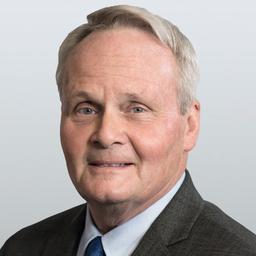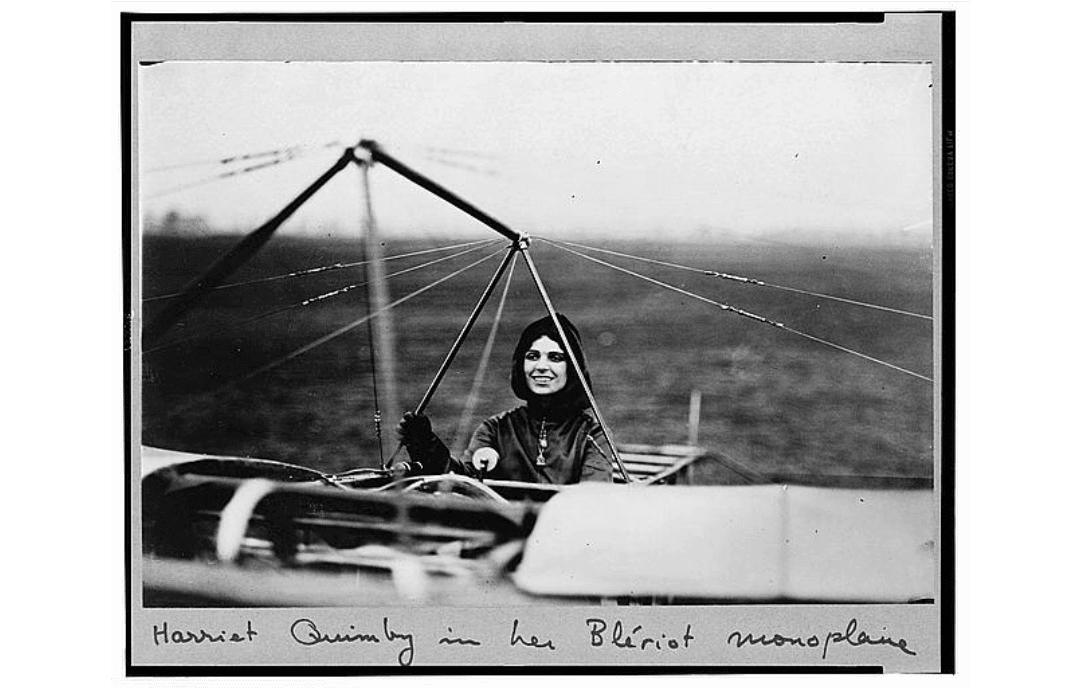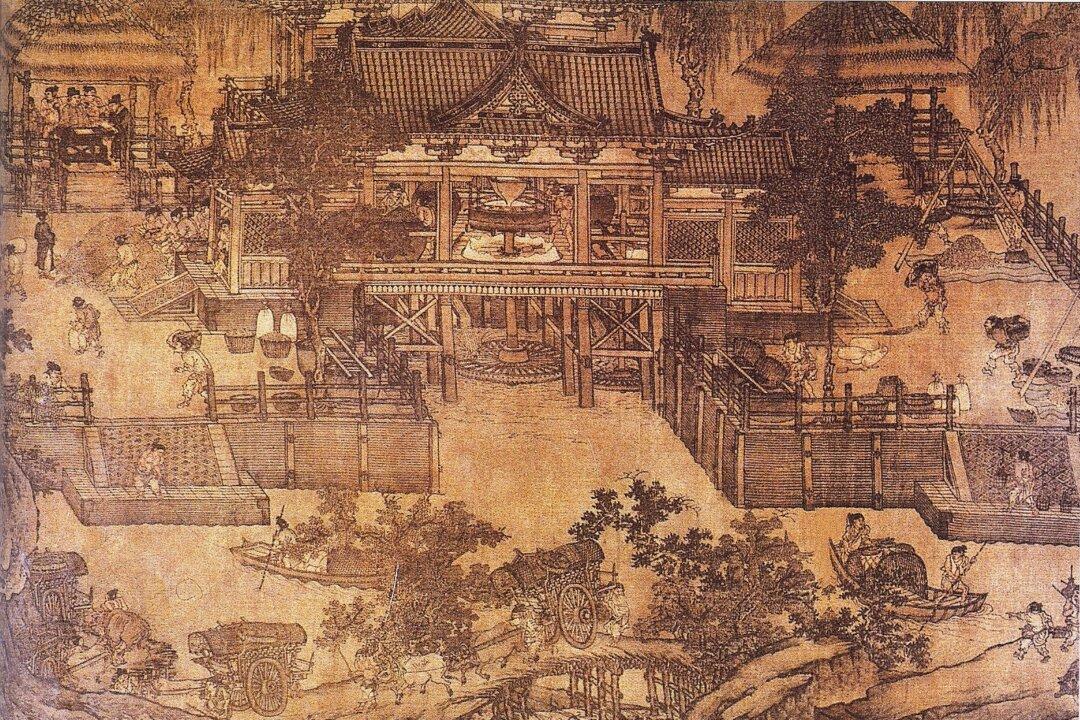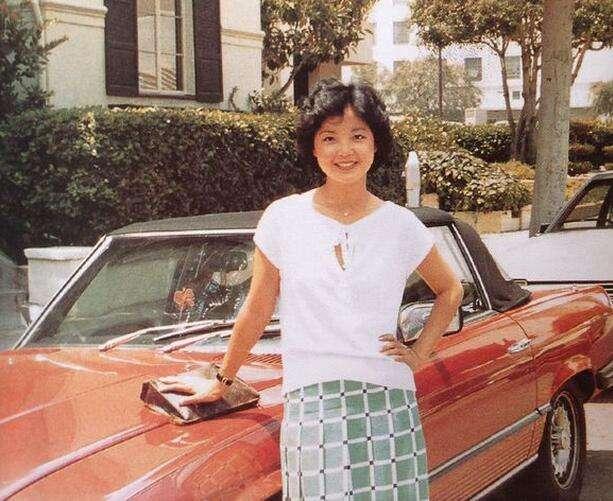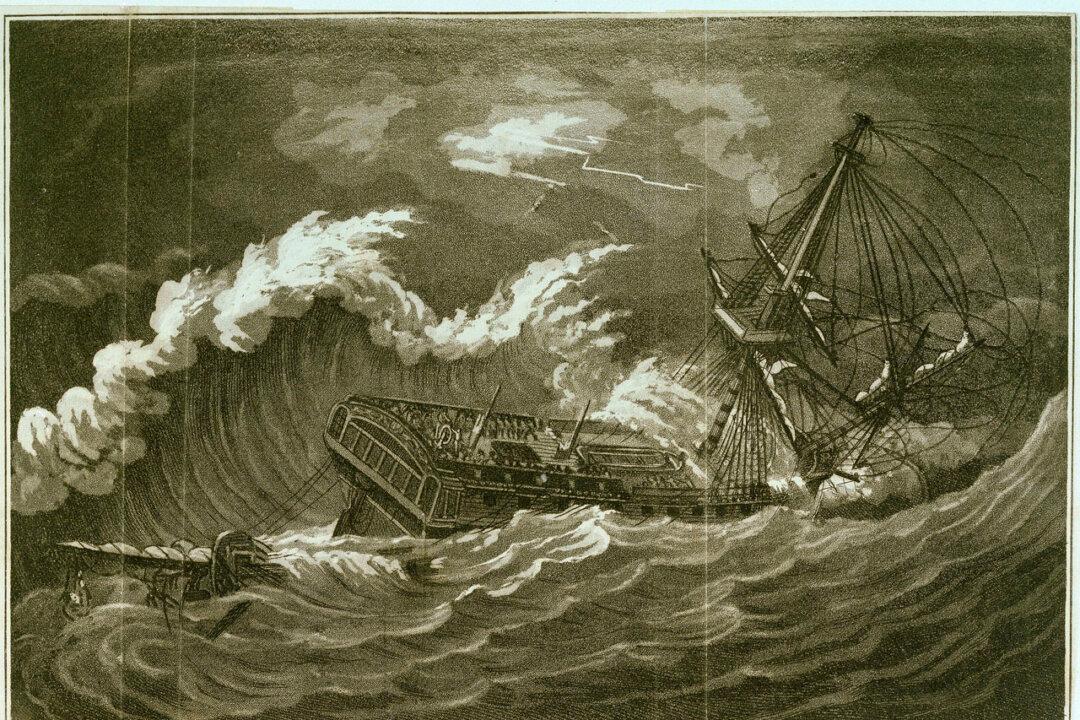In this essay, I want to tell readers about two of the last century’s big and fascinating business failures. But first, some related insights.
2 Historic Business Flops by Legendary Entrepreneurs Reveal a Poignant Truth About Failure
Even the most successful people confront the specter of failure. The question is, can we learn from it?
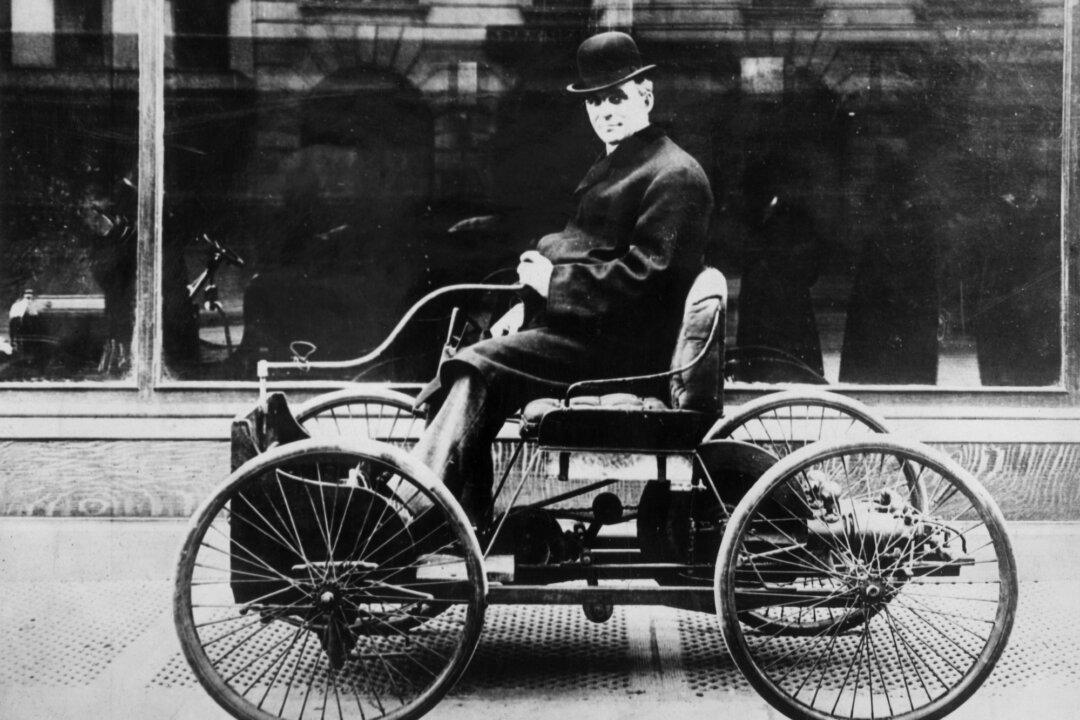
American inventor and industrialist, Henry Ford (1863–1947) posing in the driving seat of his first car, the Quadricycle, New York City, 1910. Spooner & Wells/Hulton Archive/Getty Images
|Updated:

